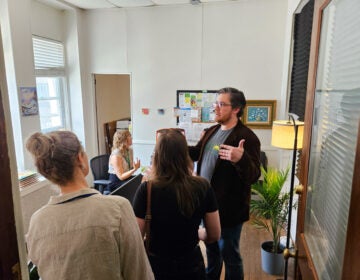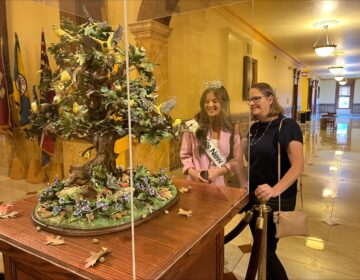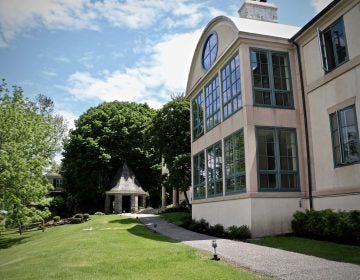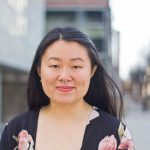For people of color struggling with eating disorders, community is key
Eating disorder supports are often expensive and not culturally inclusive. As a result, communities of color are building their own opportunities for healing.
Listen 05:00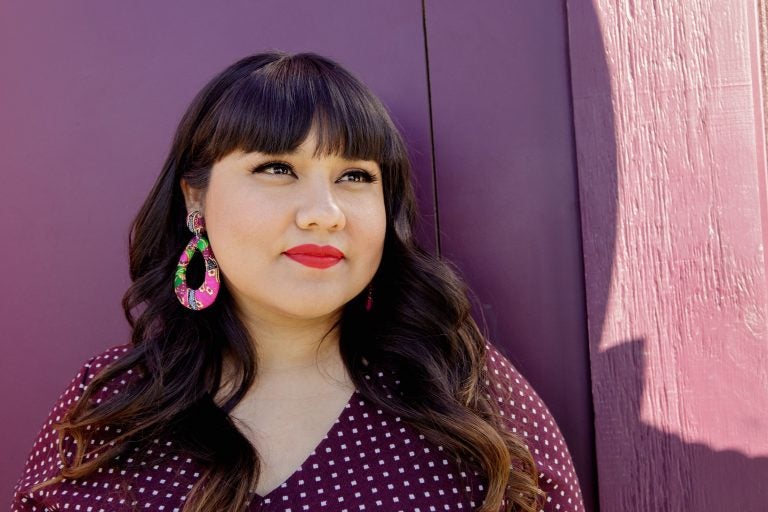
Gloria Lucas found that mainstream resources and dialogue around eating disorders left out her experiences as a low-income, Xicana child of immigrants. So she built her own community and opportunities for healing. (Gloria Lucas / Nalgona Positivity Pride)
Gloria Lucas considers herself lucky to have grown up eating her mom’s home-cooked Mexican meals.
“I would say that I ate really good food,” Lucas said.
Nonetheless, she noticed multiple family members had strained relationships with food. She saw overeating and dieting. She felt shame for eating what others thought of as “poor people’s food.”
Lucas, who grew up in Southern California and and still lives there, came to hate her body and started struggling with eating disorders herself. She felt lonely. Stigma and a lack of language prevented her from discussing her binge eating and bulimia with her family.
“Even to this day, there’s no real discussion about it,” she said.
Meanwhile, treatment programs were prohibitively expensive, and none of the resources she saw spoke to her. Eating disorders seemed like something that affected skinny white women.
“Everything that I was reading did not pertain to me, did not correlate to my own experiences,” Lucas said. “I’m a daughter of immigrants, I’m a woman of color, I have a low-income background. So my story does not really exist in the mainstream world.”
Lucas decided that she had to get better. She started doing her own research on the harms of fat phobia, and society’s obsession with being skinny — what she calls “diet culture.”
She also identified ways that her personal experiences were connected to eating disorders. Her parents migrated to the United States from Mexico in the ‘80s, and both had upbringings characterized by trauma, poverty and violence. Her mom didn’t have food while growing up, and remembers eating gum and orange peelings from the street.
Lucas learned how “eating disorders are linked to trauma and food insecurity, and trauma and food insecurity heavily impact communities of color,” she recalled.
At the same time, she dug into larger systems of oppression. She unraveled how genocide, slavery and war disrupted the connections many indigenous peoples, including her ancestors, had to their land and food traditions. She reflected on beauty standards that value thin, white women, and unpacked how that not only governs aesthetics, but who has access to power in society.
Just identifying these factors, and learning how to talk about them, was a big help, Lucas said.
“I didn’t understand why I had developed this eating disorder,” she said. “I wanted others to get a bigger picture, and together create our own resources to support one another.”
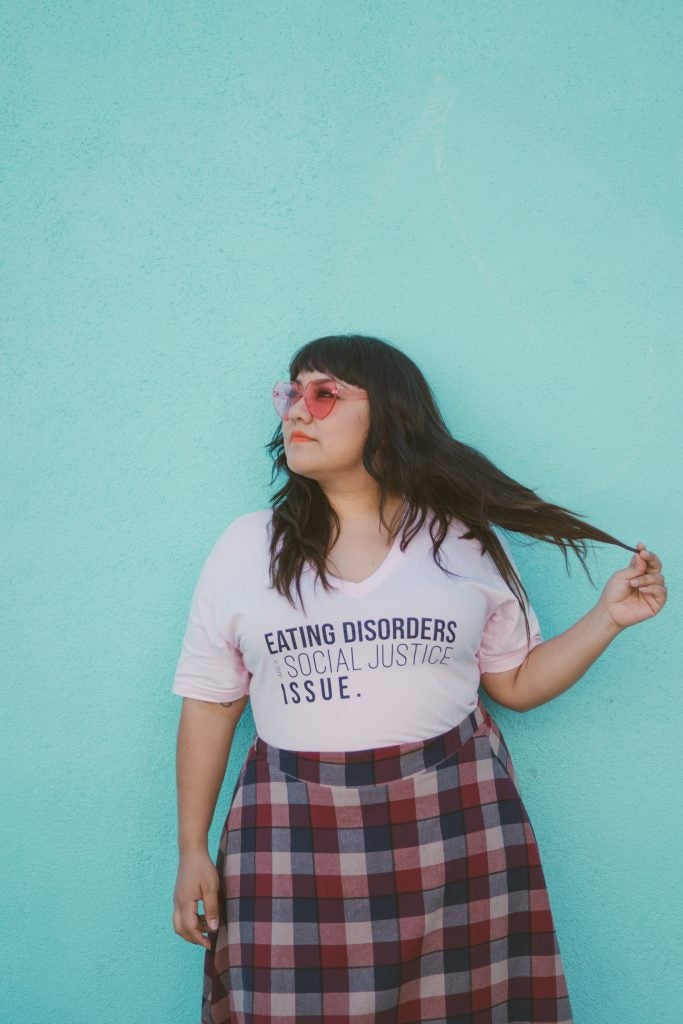
So Lucas built an organization, Nalgona Positivity Pride, dedicated to providing community-based support and educational resources for people of color struggling with eating disorders.
People of color experience eating disorders in unique ways, she said.
“The conversation for us goes beyond, ‘I don’t like how I look,’ ” she said. “More like, ‘I am unworthy of love, and I’m living in such painful political circumstances.’ ”
On Facebook and Instagram, where Lucas has cultivated huge followings, she regularly posts pictures and notes that celebrate diverse bodies and speak to the experience of being marginalized and battling eating or body-image disorders.
“What has helped me has been creating a community,” she said, “because eating disorders thrive in isolation.”
The name of her organization is a nod to the people she’s speaking to. “Nalgona, in Spanish, is a slang term for a woman with a big butt,” she said.
She likes that the name is something of an inside joke for people who know Spanish. That’s “my target audience, right? Latinx people, brown people, and people of color in general,” she said. “Whenever people see that name, for the most part, it makes them laugh.”
That creates the right kind of atmosphere to begin difficult and often painful conversations. Nalgona Positivity Pride hosts support groups for indigenous people and people of color to share their stories, and Lucas does a lot of public speaking about eating disorders.
Her talks are often eye-opening. Recently, she said, somebody told her, “It was after your talk that I realized I had an eating disorder.”
Lucas is still on her own journey of healing. But she said she’s learned a lot — about listening to her body and being her own advocate.
A big part of that has been rejecting stigma and fat phobia.
For years, fat phobia kept Lucas from engaging in movement, because she felt shame about how she looked.
“It’s not until the last few months that I’ve been doing body movement in a way that brings me joy,” she said. “This shows one of the ways that fat phobia really hurts people, even when it’s intended to help people. And I think if we remove all the stigma, then fat people are truly going to take care of themselves.”
Little by little, Lucas has also developed a more connective relationship with food. “For a while, I could never tell if I was hungry or full, because I was so out of my body,” she said.
Now, when she’s eating, she likes to slow down, pause and reflect about how the food got there. She feels pride for the food her mom cooked — “all these foods that, at the time, were kind of shamed as poor people’s foods,” she said. “Now, I know better, and it’s like, ‘those are resilient foods.’ ”
She especially loves the the bean dish — in Spanish, “frijoles de la olla” — that she ate growing up.
It “does something to me,” she said. “It just grounds me and connects me to my roots.”
WHYY is your source for fact-based, in-depth journalism and information. As a nonprofit organization, we rely on financial support from readers like you. Please give today.




